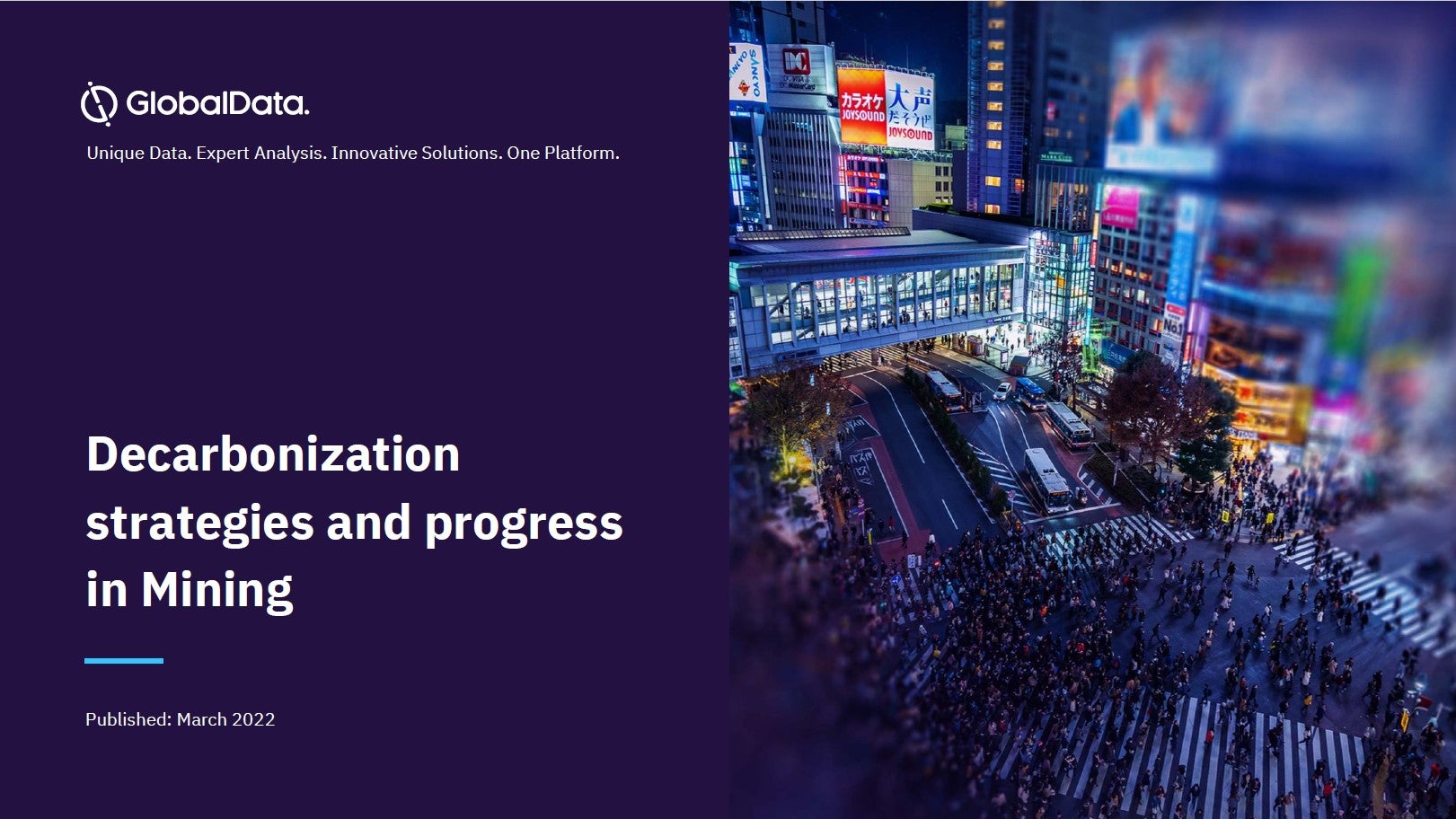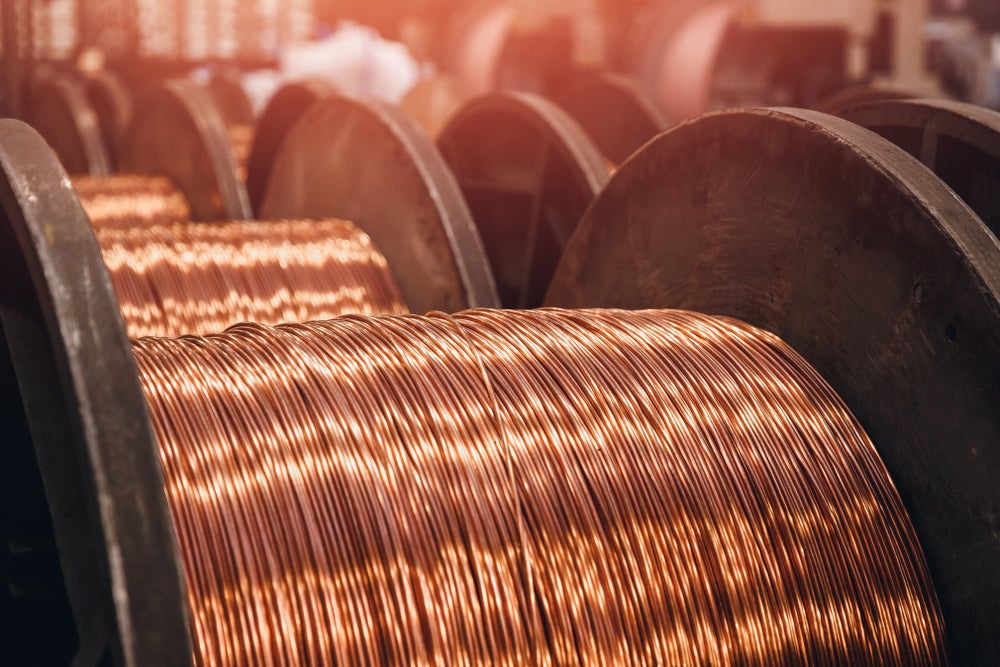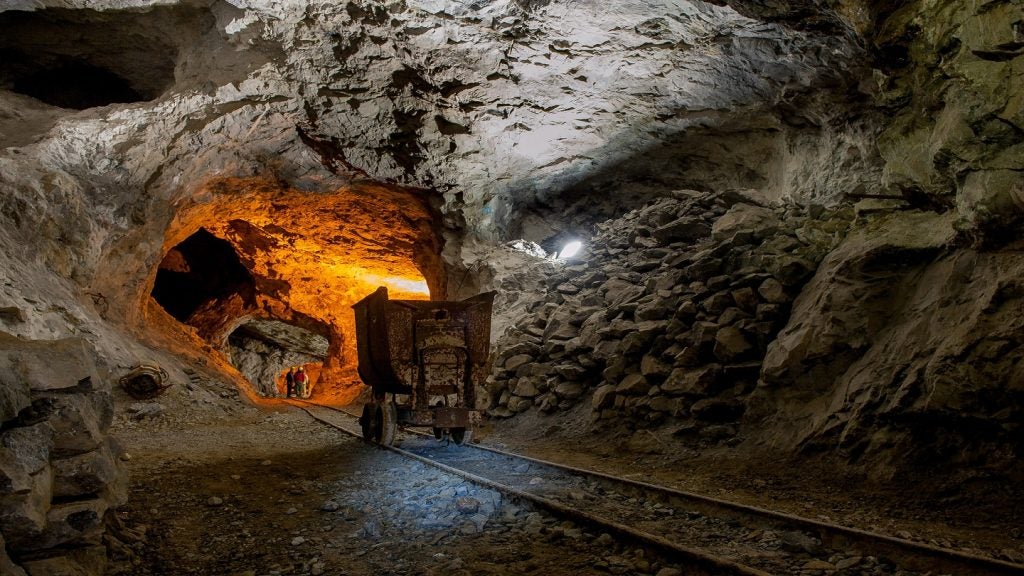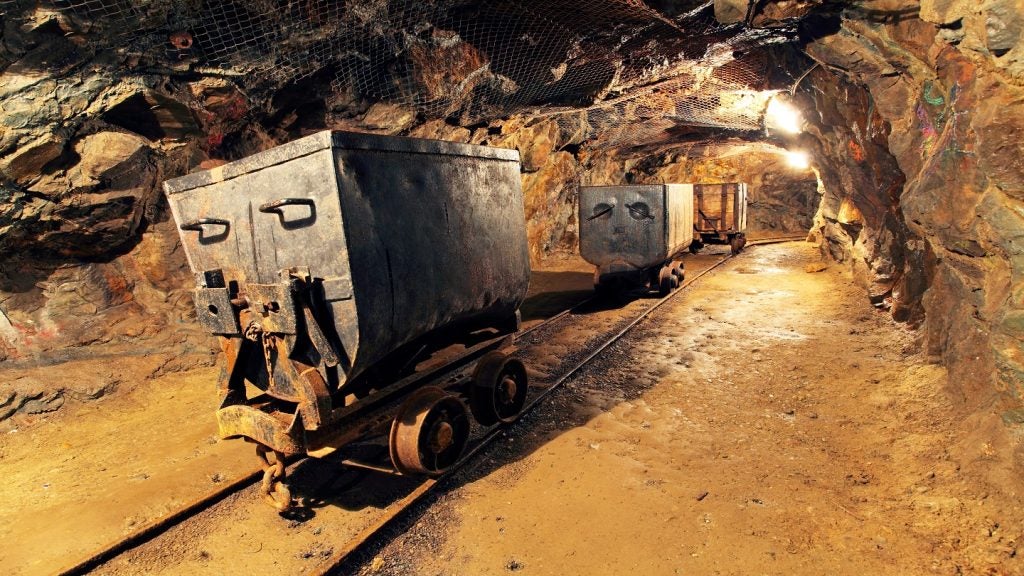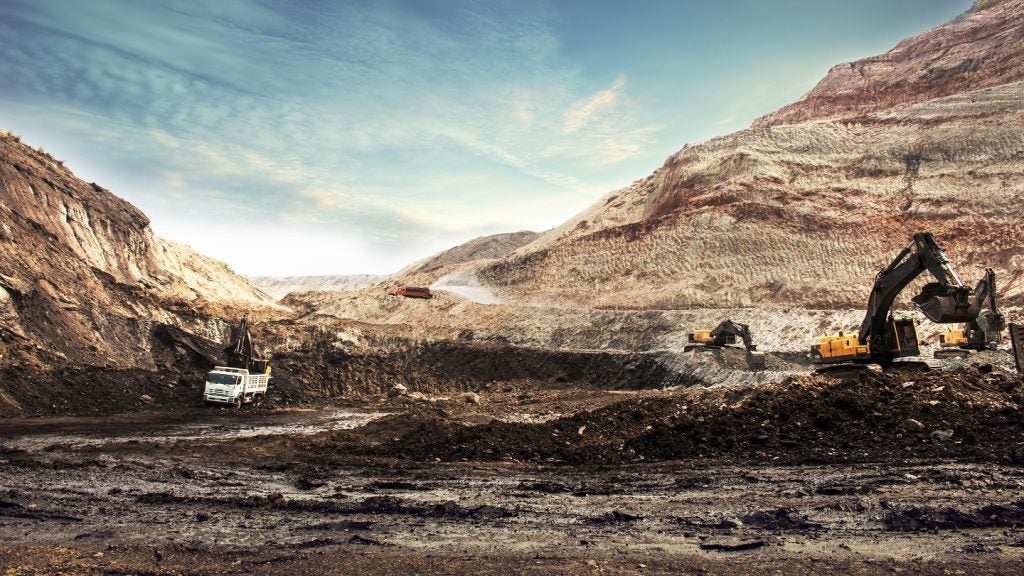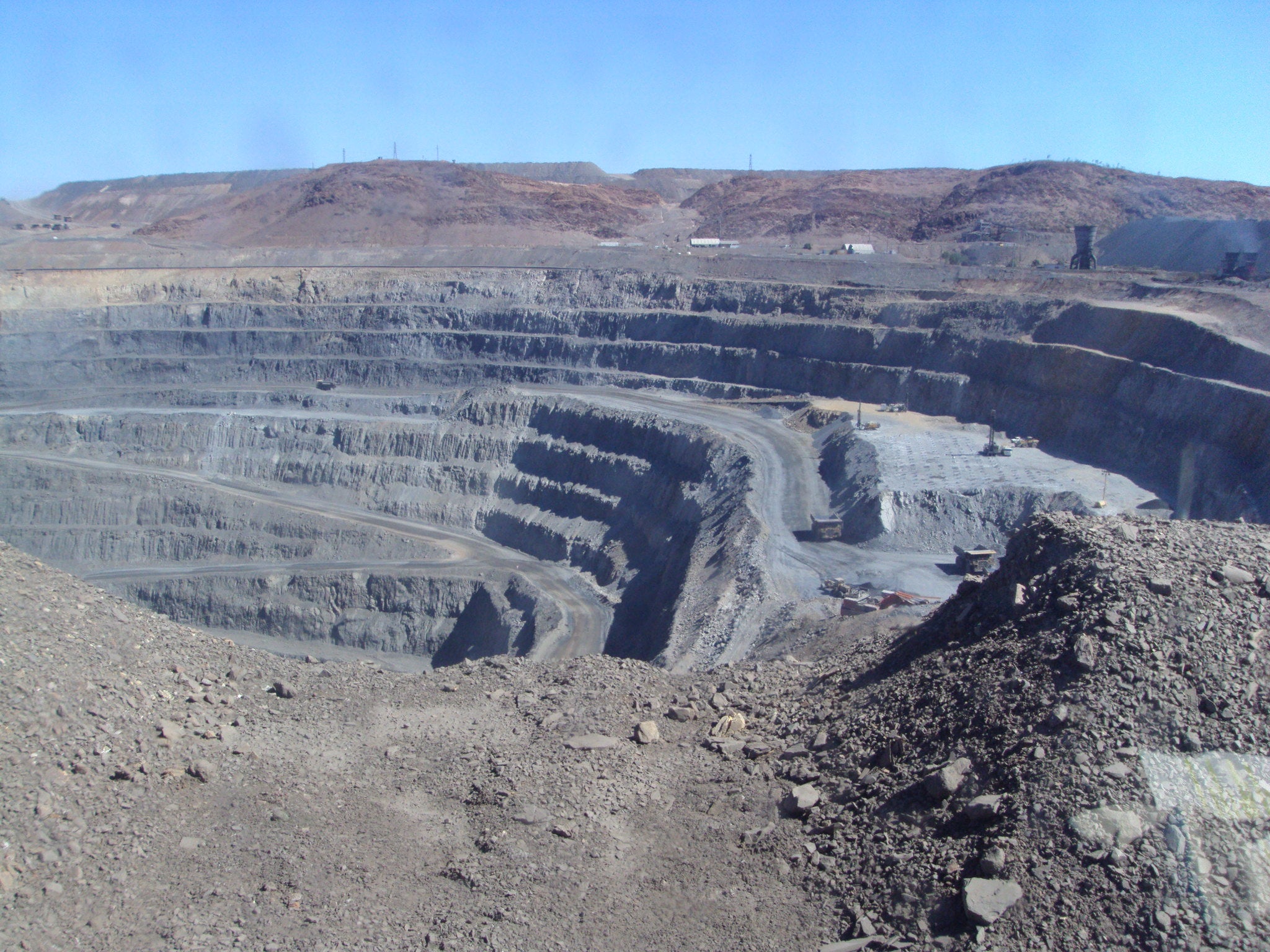
The ‘Zero Emission Copper Mine of the Future’ report, commissioned by the International Copper Association Australia (ICAA) and undertaken by the University of Sydney’s Warren Centre for Advanced Engineering, is apparently only the first of three blueprints. The reports seek to identify ways of reducing the Australian copper industry’s carbon emissions to zero over the next 30 years, taking a deeper dive into the problem with every iteration.
The copper industry is integral to the green energy revolution, used in everything from solar panels to electric vehicle batteries. Yet the copper industry itself is, paradoxically, relatively carbon intensive and could prove a barrier to countries achieving the terms of the Paris Agreement if not addressed. According to John Fennell, ICAA CEO, achieving this goal of zero emissions will not only rely on novel technologies, but also collaboration across five strategic levers: policy and programs, industry networks, capital enablers, future knowledge, and an ‘open mindset’. So why is targeting copper so important? And how can the Australian industry enact meaningful change?
Time for innovation
In a preface to the report, Brinson is quoted as saying a zero-emission copper mine of the future will require ‘fundamental changes in how energy is consumed, sourced, and abated.’ While solutions will vary depending on the ore type and location of sites, five key areas for change were identified in the report: exploration, movement of materials, ventilation, processing, and water use.
How well do you really know your competitors?
Access the most comprehensive Company Profiles on the market, powered by GlobalData. Save hours of research. Gain competitive edge.

Thank you!
Your download email will arrive shortly
Not ready to buy yet? Download a free sample
We are confident about the unique quality of our Company Profiles. However, we want you to make the most beneficial decision for your business, so we offer a free sample that you can download by submitting the below form
By GlobalDataTechnologies highlighted range from drill alignment systems and material sorting sensor technology to hybrid hydrogen electric vehicles. Each solution is categorised into three horizons: the first being near-term technology adoptions, and the third being future technology breakthroughs. It is only really the tip of the iceberg – with the second phase of research intended to be a deeper dive into the technologies identified as providing possible means of reducing emissions. Brinson cautions that it will take hard work before change is seen.
“There’s not a silver bullet in there,” he says. “But I have to think that there are a lot of efficiencies to be gained from sensors which are relatively cheap, as well as artificial intelligence and machine learning – which are making everything faster.”
To really see these methods getting off the ground and into mine sites however, efforts will be needed from a range of industry members, including producers, suppliers, governments, investors, not for profit organisations, and researchers. Perhaps most importantly, Brinson says genuine leadership is needed in this industry.
“We need excitement in this sector- from the engineers and the geologists and the roboticists that are delivering this green energy future that we know we need,” he says. “It should be exciting to be on the forefront of that.”
The rising importance of copper
According to the Warren Centre’s research, global copper use was at 23.5 million tonnes in 2018, with this number anticipated to rise to more than 25 million tonnes in 2021. Speaking with Brinson, he says the majority of demand comes from Asia.
“We’re seeing big, macroeconomic changes in energy generation, especially in China and India,” he says. “With the population growth, there’s also mass migration from farms to cities in these countries, people moving from individual homes in rural areas to high rise apartments in the cities, and we’re also seeing a move towards electrified public transport and high speed rail. All of these things actually create new demand for copper.”
A simultaneous boom in solar photovoltaics and wind power is making copper one of the most integral industries for a cleaner future. The report cites a 2019 World Bank estimate that says 550mt of copper has been produced over the past 5,000 years – the same amount required to meet global demand for the material in the next 25 years.
Australia is pitched to play a central role in the future copper mining landscape. The country is currently placed seventh in global copper production, with a number of new projects in the pipeline anticipated to boost its status.
Yet while demand for the metal seems a guarantee, the issue lies in the industry’s previous failure to utilise emerging technologies to cut back on emissions.
“On the mining side, they’ve got some bad habits. And they don’t understand how they need to fit into this green energy future,” says Brinson. “Energy in Australia is very political, and mining is a contentious area. While a lot of people would love to have lots more green energy, more wind turbines and more solar panels, to build that hardware we’ve actually got to produce a lot of copper.”
“There’s a tremendous leap forward in technologies coming from the commercial, private space, but the aspiration of the industry in carbon abatement needs some leadership,” he adds.
An optimistic view?
The copper industry has already made strides to enact meaningful change from an ethical perspective, with the introduction of the copper mark, and Brinson points to this as evidence that systemic change is possible – albeit sometimes slow going.
“Copper that shows up at the London Metal Exchange could come from a mine in Australia, or from the Congo or Nigeria, or a conflict mineral zone where people lose their lives over metals that are traded in civil wars,” Brinson says. “There could also be a carbon footprint in the kind of copper that shows up at the London Metal Exchange. And so the industry is looking at this and undertaking a reform.”
And reform seems to be on the cards for copper’s environmental footprint, with Brinson saying that the Copper Association’s European branch, as well as mining companies within Australia, are currently in discussions in light of the report’s findings. As such, traction for the second round of research seems well underway.
“Phase two will be looking at some of the technology areas and going deeper into review on those,” Brinson says. “Then we can start collaborating to create some real changes, and maybe help to either get the word out or undertake projects that could deliver innovation where it’s needed to solve the problems.”
While we seem very much at the start of a new leaf for the copper industry, technological innovation is providing ever-affordable opportunities to streamline operations, and optimism that this change is possible seems high.
“We’re talking to mining sites in Australia about undertaking the next bit of technology research,” Brinson adds. “We want to see economic activity that is building a future that is meaningful to our children and grandchildren. There’s a lot of need for open innovation, collaboration, and community technical lifting. There’s still a lot of hard work to do but I’m optimistic about it.”

